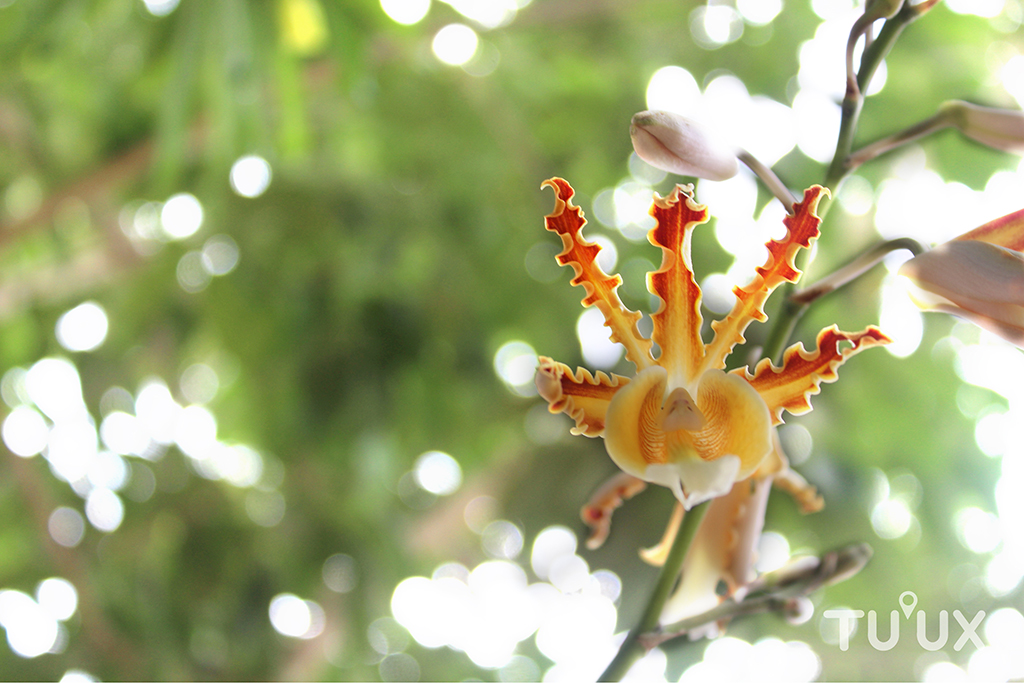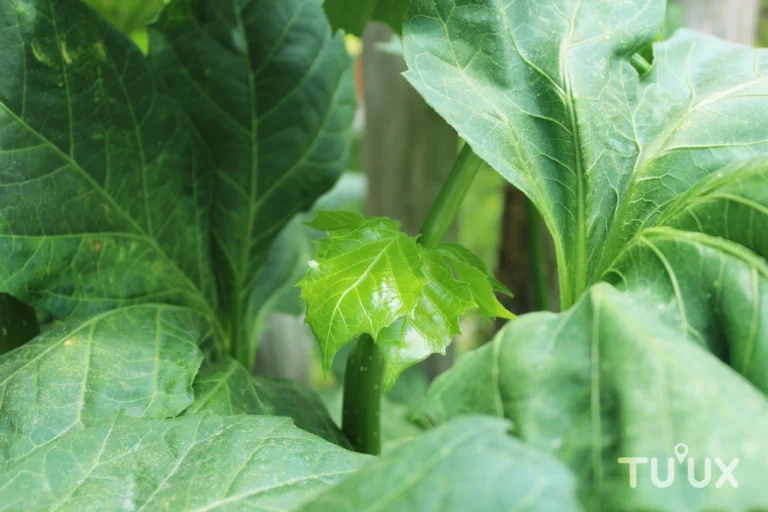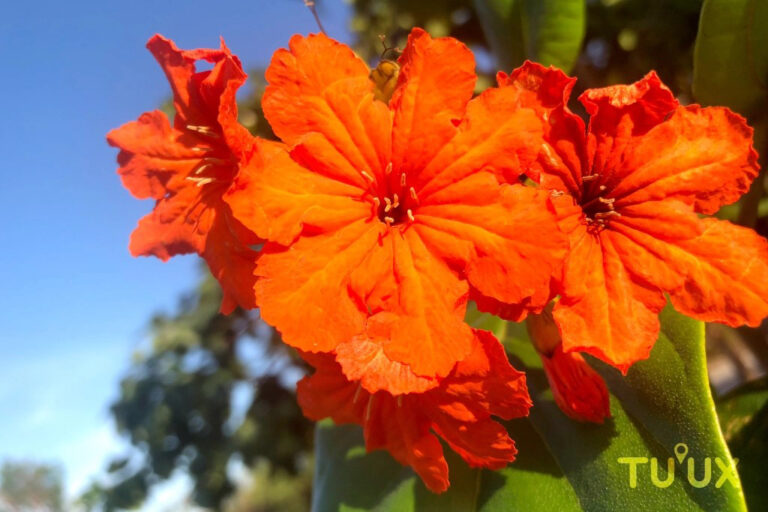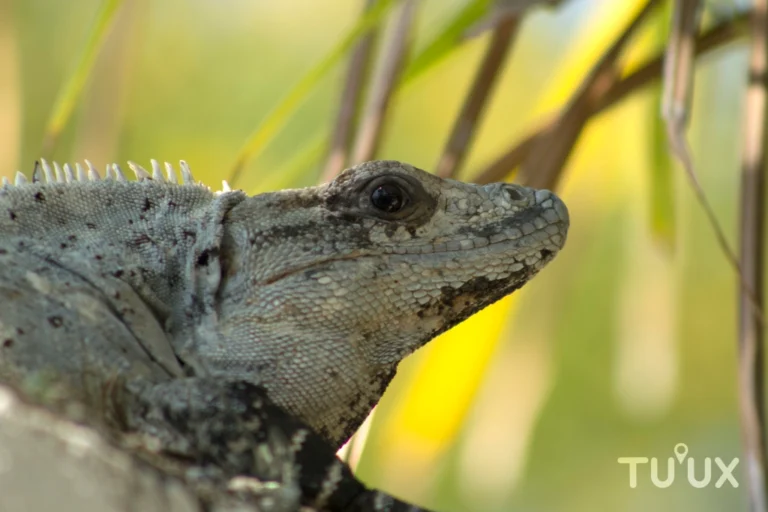ORQUÍDEAS
🌺 Orquídeas de Mahahual: Joyas Vivas del Caribe Mexicano
Mahahual, un encantador destino en la costa sur del Caribe Mexicano, no solo cautiva por sus playas y arrecifes, sino también por su exuberante riqueza botánica. Entre sus tesoros naturales, destacan las orquídeas —miembros ilustres de la familia Orchidaceae—, consideradas una de las expresiones más sofisticadas y enigmáticas del reino vegetal.
Con más de 25,000 especies descritas en todo el mundo y cientos de híbridos naturales, estas flores han fascinado por siglos a científicos, artistas y amantes de la naturaleza. En Mahahual, sus formas exóticas, colores intensos y hábitats únicos las convierten en símbolo de resistencia biológica, belleza tropical y diversidad ecológica.
🌿 Orígenes, Hábitats y Distribución
Las orquídeas de Mahahual prosperan en diversos entornos, desde selvas tropicales y manglares hasta humedales costeros. Esta región, ubicada cerca de la Reserva de la Biosfera de Sian Ka’an, ofrece condiciones ideales para su desarrollo: climas cálidos, alta humedad y suelos ricos en materia orgánica.
Entre los géneros más representativos encontramos:
- Encyclia
- Prosthechea
- Epidendrum
- Brassavola
- Vanilla —célebre por su fruto aromático, esencial en la gastronomía mundial.
🌱 Adaptaciones Asombrosas
Las orquídeas han evolucionado con estrategias únicas para sobrevivir en entornos complejos. En Mahahual:
- Muchas especies son epífitas, creciendo sobre árboles y absorbiendo humedad del aire.
- Algunas son litófitas, aferrándose a rocas calizas y captando agua de musgos y grietas.
Estas adaptaciones les permiten evitar la competencia por luz y nutrientes, prosperando en capas superiores del ecosistema selvático.
🎨 Belleza en Formas y Colores
Mahahual alberga orquídeas con estructuras florales fascinantes:
- Encyclia cochleata (orquídea pulpo): pétalos retorcidos y labelo en forma de concha marina.
- Prosthechea citrina: flores amarillas con aroma cítrico.
- Brassavola nodosa (Dama de la Noche): aroma dulce nocturno que atrae a polillas esfíngidas.
Su diversidad visual las convierte en una maravilla natural que hipnotiza a todo el que las observa.
🐝 Simbiosis y Coevolución
La interacción entre orquídeas y polinizadores en Mahahual es un espectáculo de coevolución:
- Atraen abejas euglosinas, colibríes, mariposas y murciélagos.
- Algunas practican la “polinización por engaño”, imitando el olor o aspecto de otras especies o insectos.
Esta especialización extrema hace de las orquídeas un tema fascinante de estudio en biología evolutiva y ecología tropical.
🌎 Conservación, Turismo y Responsabilidad
El creciente interés por el cultivo de orquídeas en Mahahual ha despertado también una conciencia ambiental. Sin embargo, enfrentan amenazas como:
- Deforestación y pérdida de hábitat
- Turismo masivo no regulado
- Cambio climático
Para protegerlas, se promueve el cultivo responsable, la educación ambiental y el apoyo a proyectos como los de Sian Ka’an, que buscan reintroducir especies y proteger su entorno.
🛕 Herencia Cultural y Espíritu Ancestral
Las orquídeas no solo tienen valor ecológico, sino también histórico y espiritual. En la cultura maya:
- Se les atribuían usos medicinales y rituales.
- La Vanilla planifolia era altamente valorada en ceremonias y como especia sagrada.
Hoy en día, siguen inspirando respeto y admiración, conectando al visitante con la sabiduría ancestral de la región.
🌸 Conclusión: Un Patrimonio que Florece
Las orquídeas de Mahahual son testigos silenciosos de la biodiversidad extraordinaria del Caribe Mexicano. Su existencia nos recuerda la fragilidad del equilibrio ecológico y la necesidad urgente de actuar con responsabilidad.
Cuidarlas es preservar un legado natural y cultural invaluable.
Cada flor que brota en esta tierra es una invitación a reconectar con lo esencial: la belleza, la resiliencia y el respeto por la vida.

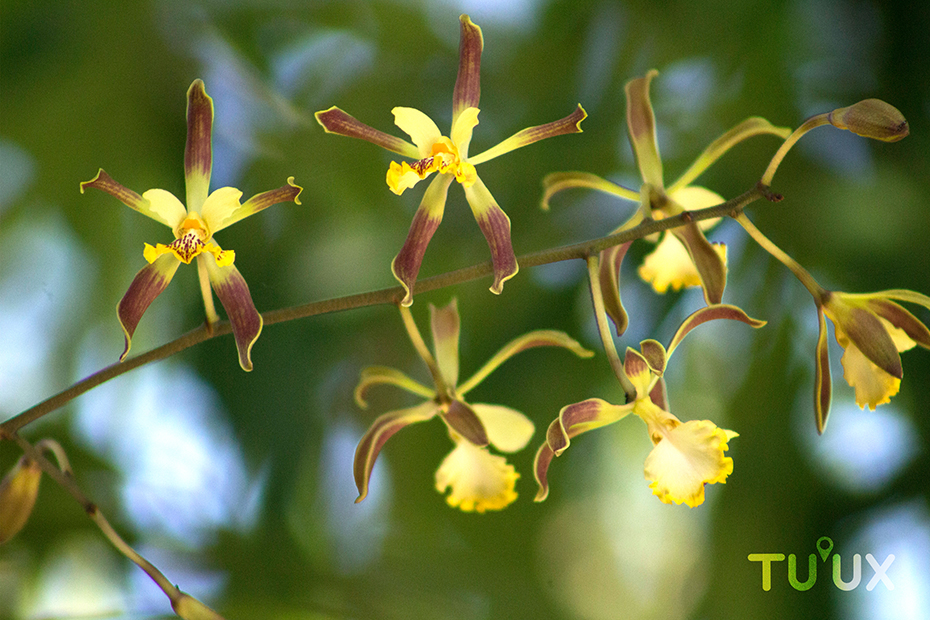
🌺 Orchids of Mahahual: Living Jewels of the Mexican Caribbean
Mahahual, a charming destination on the southern coast of the Mexican Caribbean, captivates not only with its beaches and coral reefs but also with its lush botanical wealth. Among its most treasured natural wonders are orchids — distinguished members of the Orchidaceae family — widely regarded as one of the most sophisticated and enigmatic expressions of the plant kingdom.
With over 25,000 species described worldwide and hundreds of natural hybrids, these flowers have fascinated scientists, artists, and nature lovers for centuries. In Mahahual, their exotic shapes, vibrant colors, and unique habitats make them symbols of biological resilience, tropical beauty, and ecological richness.
🌿 Origins, Habitats, and Distribution
Orchids in Mahahual thrive in diverse environments, from tropical forests and mangroves to coastal wetlands. Located near the Sian Ka’an Biosphere Reserve, the region offers ideal growing conditions: warm temperatures, high humidity, and organic-rich soils.
Some of the most representative genera found here include:
- Encyclia
- Prosthechea
- Epidendrum
- Brassavola
- Vanilla, famous worldwide for its aromatic fruit used in gourmet cuisine.
🌱 Astonishing Adaptations
Orchids have evolved remarkable strategies to survive in challenging environments. In Mahahual:
- Many are epiphytes, growing on tree trunks and branches, absorbing moisture from the air and organic debris.
- Others are lithophytes, clinging to limestone rocks and drawing water from crevices and mosses.
These adaptations allow them to access sunlight and avoid competition from ground-level vegetation, thriving in the upper layers of the forest.
🎨 Stunning Shapes and Colors
The region’s orchids dazzle with intricate floral structures and dazzling palettes:
- Encyclia cochleata (octopus orchid): twisted petals and a shell-like lip give it a distinctive look.
- Prosthechea citrina: bright yellow flowers with a refreshing citrus fragrance.
- Brassavola nodosa (Lady of the Night): releases a sweet, intense scent at night that attracts sphinx moths.
Their visual diversity makes them a mesmerizing feature of the local flora.
🐝 Symbiosis and Coevolution
Orchids in Mahahual display fascinating examples of coevolution:
- They attract euglossine bees, hummingbirds, butterflies, and bats.
- Some employ “deceptive pollination,” mimicking the scent or appearance of other flowers—or even female insects—to ensure successful pollination.
This high degree of specialization makes orchids a captivating subject in ecological and evolutionary research.
🌎 Conservation, Cultivation, and Ecotourism
The growing interest in orchid cultivation among locals and tourists reflects a deeper connection with nature and cultural heritage. However, these exquisite flowers face serious threats:
- Habitat loss from deforestation
- Unregulated tourism
- Climate change
Efforts to protect them include promoting responsible cultivation, environmental education, and supporting initiatives like those at Sian Ka’an, which work to reintroduce threatened species and protect their ecosystems.
🛕 Cultural Heritage and Ancestral Significance
Orchids hold deep historical and spiritual importance. In ancient Mesoamerican cultures, especially among the Maya:
- They were valued for medicinal, ceremonial, and mystical purposes.
- Vanilla planifolia was particularly revered for its culinary and ritual uses.
Today, orchids continue to inspire scientists, artists, and travelers drawn to their beauty, symbolism, and ecological importance.
🌸 Final Reflection: A Blooming Legacy
The orchids of Mahahual serve as living reminders of the extraordinary biodiversity in this part of the Mexican Caribbean. Their delicate presence highlights the fragile ecological balance on which life depends.
To protect these living treasures is to honor a natural and cultural legacy that deserves admiration and care.
Each blooming orchid tells a story of adaptation and resilience, inviting us to reconnect with the wonders of the natural world and our shared responsibility to preserve it.

